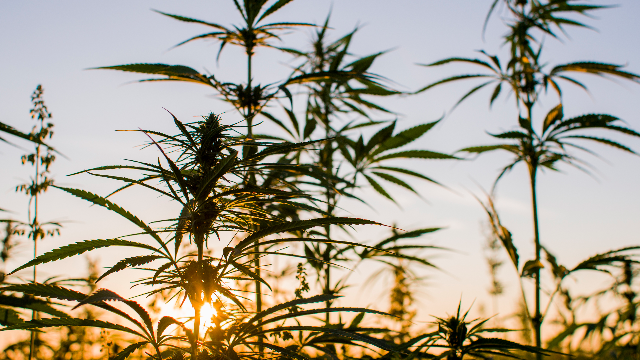The European parliament has modified the maximum THC level from 0.2% to 0.3 percent for hemp after lowering the level last year. The European Union has also made changes in the common agricultural policy to increase the maximum THC level grown in European Union. This new policy holds the THC level similar to those of the United States. The European Parliament has significantly lowered the level in October 2020. However, this rise in levels is a part of a new policy that is likely to get into force in 2023.

The European Industrial Hemp Association (EIHA) said the change, which takes effect Jan. 1, 2023, “recognizes the possibility for farmers to receive direct payments for hemp varieties registered in the E.U. Catalogue that have a maximum level of THC of 0.3%” and that the “change entails a potential enlargement of the number of hemp varieties accepted under the EU Catalogue.”
Farmer European Union may get subsidies, in case they adopt different varieties registered in the reforms under the European Union catalog with a maximum level of 0.3 %.
The European Industrial Hemp Association made this milestone possible. However, the association represented the common interest of European Union farmers.
“As a reminder, this level only applies if farmers want to receive direct payments,” the EIHA noted, “meaning that in Europe it is possible to plant hemp with THC level on the field over 0.3%, provided it is authorized by national regulations (e.g., 0,6 % in Italy; 1 % in the Czech Republic).”
The question is, what does this spike represent in the European hemp market? Currently, the hemp seed catalog in the European Union list around 69 different varieties of hemp. The new limits are likely to permit European farmers to grow much more hemp varieties.
France held around 0.2 % of THC levels in 1999, and such limitation prevented farmers from using many valuable varieties for industrial purposes.
By upscaling the THC levels of hemp crops, farmers now have access to around 500 varieties. However, the THC level has been elevated by only 0.1 percent, but it accounts for a huge step for the European hemp sector.
Also, access to such simple varieties will allow the regional farmers to grow important hemp crops, stalks, CBD flowers and develop better fibers. In addition, they can now also cultivate the hemp in variating climate and soil conditions. The seed researchers can now develop a new generic heritage.
However, this spike is not enough to compete with the non-European market. Canada and United Nations have set the limits for cultivation to 0.3 percent, but other countries have given access to hemp varieties with around 1% of THC levels.
Australia and Switzerland have permitted the farmers to cultivate hemp with a 1 percent THC level. However, the THC level for hemp crop is vital for CBD production as the industrial hemp crop has increased the proportion of THC. As a result, a limited THC level cannot facilitate a performant CBD product.
In recent years, the region dedicated to hemp cultivation has significantly raised by 75% in European Union from 19,970 hectares in 2015 to 34,960 hectares in 2019.